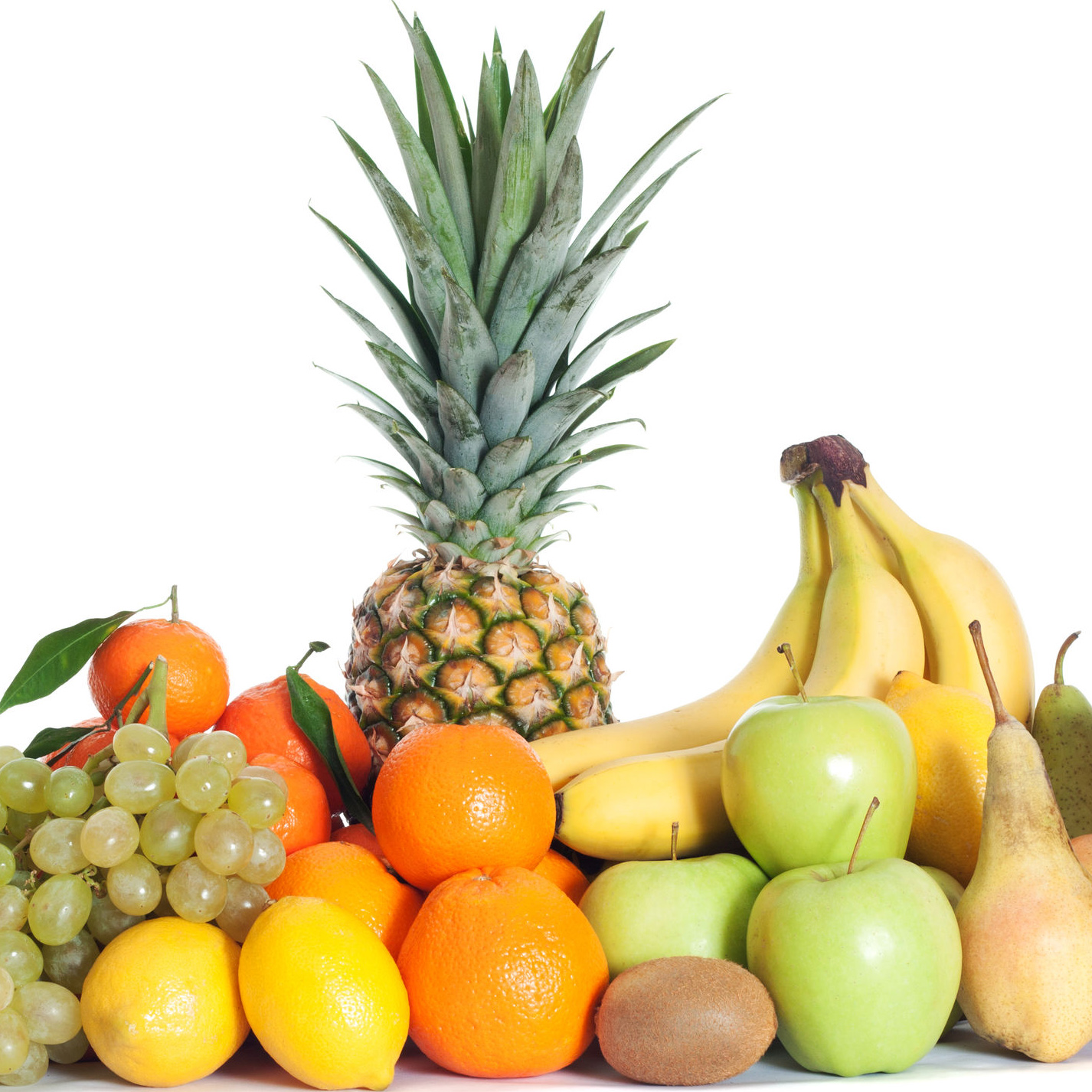By ANA SAAVEDRA
Face drooping, arm weakness, speech difficulty, loss of balance. These are just a few of the warning signs of stroke that more than 800,000 Americans experience each year, according to the American Stroke Association.
Strokes occur when a blood vessel bringing oxygen to the brain is either blocked or ruptured. Because strokes are so dependent on the heart and blood vessels, the main goal of your or your loved one’s stroke recovery is going to be keeping this cardiovascular system healthy, according to Sandra Harrison, a Registered Dietitian at Lakeland Regional Health. This is one of the best ways to avoid a second stroke.
Research shows that a great way to maintain cardiovascular health is to adopt a healthy diet. Before changing your diet, however, it is extremely important that you or your loved one can safely chew and swallow. After even a mild stroke, food may “go down the wrong way” and lead to choking.
“The first thing we do is bring in a speech therapist to evaluate whether the patient can safely chew and swallow,” says Harrison, Supervisor of Clinical Nutrition Services. If you are looking for follow-up stroke care, learn more about our Bannasch Institute for Advanced Rehabilitation Medicine, an acute inpatient physical rehabilitation facility. If you need continued physician care following a stroke, our highly skilled USF Neurosurgeons and our highly experienced Cardiologists welcome the opportunity to serve you or your loved one.
If there is an inability to swallow, Ms. Harrison recommends sticking with pureed foods or thickened liquids to reduce the risk of food accidentally going into the lungs, which can cause choking or infections such as pneumonia. You can advance the diet if improvement in chewing and swallowing is shown by additional speech therapist evaluations.
If there is no trouble safely chewing and swallowing exists, here are some food tips Harrison shares for keeping stroke survivors’ cardiovascular systems healthy:
- Eat plenty of fruits, vegetables and grains.
- Change dairy products to fat-free and low-fat products.
- Choose lean meats and poultry, and try to bake, broil or roast meats instead of frying them.
- Avoid seasoning meats with seasoned salts, marinades or sauces. Instead, season meats with natural spices, herbs or fruit juices.
- Stay away from saturated fats, trans fats, cholesterol and high-fat foods to help prevent plaque from building up in arterial walls.
- Restrict your salt intake by sticking to a daily 2-gram sodium diet you can maintain naturally from the foods you eat.
- Avoid processed foods, lunch meats, and high sodium snacks, like chips and crackers.
- Look for foods labeled “salt-free,” “low sodium,” or “no salt added,” and avoid foods labeled “lower sodium” to help restrict your salt intake.
Although having a stroke greatly increases your risk of having another stroke, 80 percent of all strokes are preventable, according to the American Stroke Association. Adopting a healthy diet and maintaining your or your loved one’s cardiovascular health can help prevent future strokes from occurring.
About the Author
Ana Saavedra is a Summer 2017 Intern in our Community Health and Communications and Public Relations departments at Lakeland Regional Health.

